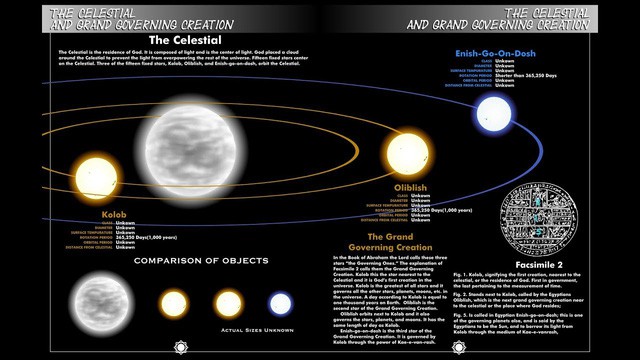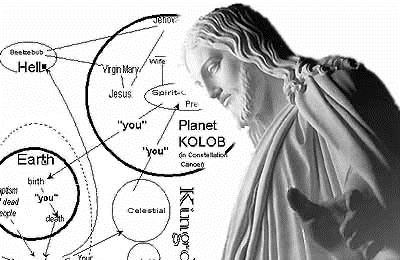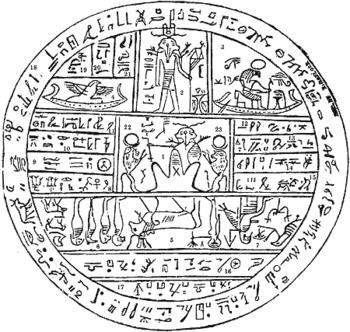The origin of the controversy stems from the belief that Kolob is the “place closest to the throne of God”. Many speculations and theories have been put forward to explain this strange faith.
Among the religions of the world, there is no shortage of religions which have exciting theories concerning certain planets or stars. However, none of these theories is certainly more controversial than the Mormon theory of the planet giảKolob).
The origin of the controversy stems from the belief that Kolob is the “place closest to the throne of God”. Many speculations and theories have been put forward to explain this strange faith. But first, let’s discover the planet Kolob with GameK.
According to Mormon legend, Kolob was a planet or perhaps a star closest to the “throne of God.” Its location is said to be in the most important and sacred place in the universe. The only thing that makes it controversial is whether or not it exists.
Clues in old books
The planet Kolob is described very specifically in the “Book of Mormon” and the “Book of Abraham”. These two books were translated by Joseph Smith – the founder of the Mormon sect from fragments of Egyptian papyrus and gold plaques dating from ancient American civilization.
Joseph Smith translated the book using “vision stones” – hidden power stones called Urim and Thummim, which were used by ancient Christian priests to learn the will of God.
Legend has it that Joseph Smith used to put seer stones in his hat and then put his face in the hat so that no bright light would pass by as a distraction. In this way, Joseph was able to read supernatural messages as well as translate ancient texts that few could understand.
Thanks to the information contained in the “Book of Abraham”, the planet Kolob was known for the first time. The book describes the planet Kolob as the largest planet, the closest to God. Therefore, he has the power to rule all other celestial bodies in the Universe. Planet Kolob is also the first planet created by God, so he loves it very much.
The weather in Kolob is described as several times slower than that of Earth. One day in Kolob is roughly equivalent to 1000 days on Earth.
This disparity makes many people skeptical, but compared to some creation myths like Islam, there are some strange coincidences. According to Islam, Allah created angels, jinns and humans on Wednesday, Thursday and Friday respectively. However, these dates are not consecutive but are about 1000 years apart.
WHY CAN’T WE SEE KOLOB?
There are several reasons for this. However, they all tend to fall into the following assumptions:
The planet Kolob is a metaphor for Jesus in Christ
According to this interpretation, supporters argue that Kolob’s rule over all other planets and heavenly bodies, favored by God, is due to the fact that Kolob is a metaphor for God himself.
This theory is widely accepted.
Planet Kolob is in another galaxy or solar system
Astronomy enthusiasts have speculated that Kolob is in fact just another star or planet from another galaxy / solar system. And maybe Kolob was discovered, but given a different name. This hypothesis attributes Kolob to the star Sirius and the star Regulus, the two most widely accepted alternatives.
Planet Kolob in another realm
Another explanation for whether Kolob is real or not is to believe that since Adam and Eve sinned and were expelled from the Garden of Eden, Earth was also removed from the orbit where Kolob existed. Members of the Latter-day Saints also believe that Earth will one day return to its original orbit in the Milky Way galaxy near Kolob.





